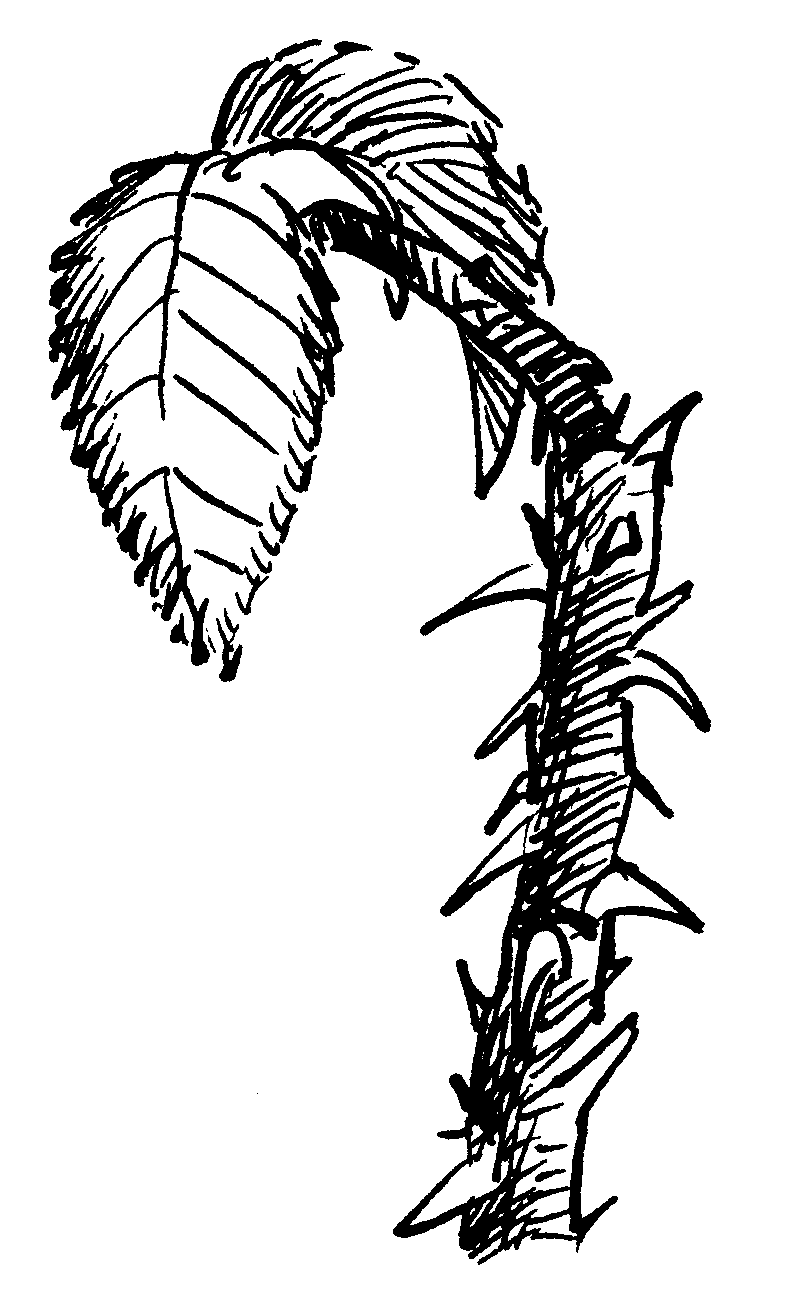| << Chapter < Page | Chapter >> Page > |
Why are some plants and animals only found in specific areas?
Work with a partner. Discuss the above question and then compile two tables of three columns each and fill in any example of which you may know. Use examples of wild animals and plants in their natural environment. Do not name pets, farm animals or garden plants.
PLANTS:
Plant name
Where does it grow?
Why does it grow there?
ANIMALS
Animal name
Where does it occur?
Why does it occur there?
Assessment of DISCUSSION ON HABITAT:
Could you obtain significant answers from the discussion?
[LO 1.3]
Plan a poster to show the habitats of animals from your list. Select two divergent habitats and try to handle the design in an original manner. Include at least three animals in each habitat.
Criteria:
Assessment of POSTER:
Did you participate constructively in this group activity by helping to plan the investigation (1.1), collect data (1.2) and communicate findings (1.3)?
[ LO 1.1; LO 1.2; LO 1.3]
Surviving in a Habitat
Organisms live in a natural environment where they are able to find food, water and shelter to protect them against enemies.
Animals also need to find partners for pairing.
Some organisms are adapted to withstand all the onslaughts of the environment.
These ADAPTATIONS comprise a strategy for survival.
Every organism’s HABITAT is the place where it lives.
Each one is adapted to its NICHE – this is its role and position in the environment.
Study the table of STRATEGIES FOR SURVIVAL exhibited by common garden plants and animals. Provide the purpose of each adaptation.

The citrus swallowtail butterfly has mouth parts that suck up nectar. The butterfly has strong wings.

The hairy caterpillar becomes a lovely but poisonous butterfly. The prickly hairs of the caterpillar protect it.

The rose bush has thorns and leathery leaves with sharp, short tips. Caterpillars eat the leaf margins.

The chameleon has bulging eyes that can move independently. It has four toes – two point forwards and two point backwards.
It has a long prehensile tail that can grip strongly.
It is also able to adapt its colour to its surroundings.

The seeds of the thistle form an umbrella-like plume that allows long-distance dispersal by wind.
The Sugarbird

Which adaptations are visible?
The fiscal shrike

How has this bird adapted?
The praying mantis

Describe the adaptation of the praying mantis.
Assessment for ADAPTATIONS:
Could you make correct deductions by allocating information to categories and interpreting it?
[LO 2.3; 2.4]
Learning outcomes 1: Scientific investigations
The learner will be able to act confidently on curiosity about natural phenomena, and to investigate relationships and solve problems in scientific, technological and environmental contexts.
This is evident when the learner
1.1 is able to plan investigations;
1.2 is able to conduct an investigation and collect data;
1.3 is able to evaluate data and communicate findings.
Learning outcomes 2: Constructing Science Knowledge
The learner will know and be able to interpret and apply scientific, technological and environmental knowledge.
This is evident when the learner
2.3 is able to interpret information;
2.4 is able to apply knowledge.
Activity: DISCUSSION ON HABITAT
Poster: GROUP WORK – 4-5 LEARNERS
Activity: STRATEGIES for SURVIVAL

Notification Switch
Would you like to follow the 'Natural sciences grade 8' conversation and receive update notifications?